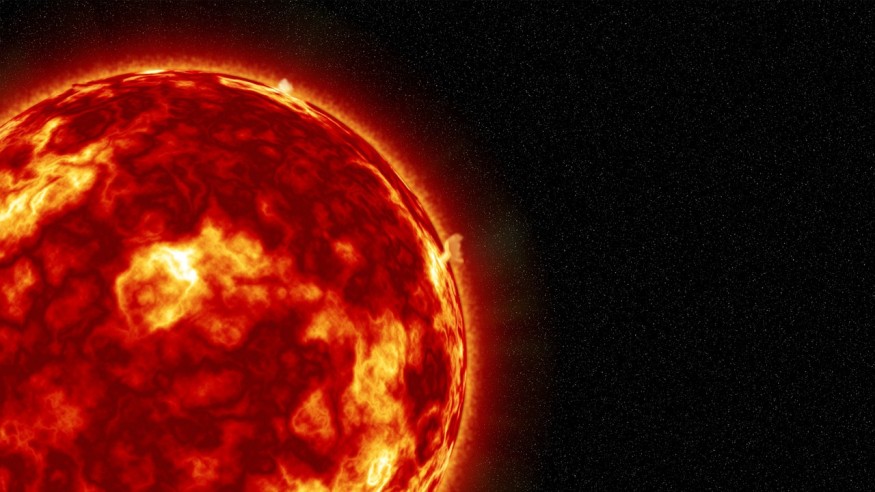Geomagnetic storms on Earth might be brought on by a solar explosion from a "hole" in the sun. Strong geomagnetic storms on Earth may result from a powerful series of solar outbursts that might produce beautiful aurora displays farther south.

G3 Geomagnetic Storm
According to the U.S. National Oceanic and Atmospheric Administration (NOAA) , the geomagnetic storm falls under the G3 category. It is a result of interactions between the Earth's magnetic field and the powerful solar wind flowing from a "hole" in the sun's upper atmosphere known as the corona. Two coronal mass ejections (CMEs) that erupted from the sun earlier this week and are presently traveling toward the planet will provide the storm with extra fuel.
To determine the precise strength and direction of the magnetic field carried by the two CMEs, forecasters must wait for them to pass by NOAA's Deep Space Climate Observatory (DSCOVR) satellite, which is 1.5 million kilometers (one million miles) from Earth and pointed in the direction of the sun.
When the tight magnetic lines in these locations momentarily break, bursts of magnetized plasma from the sun escape from sunspots. Experts in space weather have observed several CMEs erupt from the sun during the previous week, but most were not aimed toward Earth.
Also Read : Large 'Cannibal' Solar Flare On the Way, Scientists Worried of Potential Radiation Storm
Active Sunspots
According to the U.K. Met Office weather forecaster, ten active sunspots are now visible on the sun creating solar flares and CMEs. The two CMEs now approaching Earth originated from a "complex" sunspot that NOAA refers to as area 3078. According to the Met Office, this region, which lies in the southwest of the sun, is now the biggest and most active zone on the sun's visible disk and is composed of "strong" magnetically complicated regions.
Solar flares are bursts of electromagnetic radiation that can interfere with radio communications on Earth because they move at the speed of light. There is no notice before the commencement of a solar flare's impacts, unlike CMEs, which can take up to three days to arrive.
Additionally, two coronal holes, from which solar wind rapidly exits, are being seen by space weather experts. Coronal holes are places in the corona where the sun's magnetic field lines are broken, leaving a gap where solar wind may readily erupt.
Should we be afraid?
Despite this solar activity, NOAA does not anticipate any significant effects on our technological society because a G3 storm is still moderately powerful. Category G4 and G5 storms are more powerful storms that have the potential to damage satellites in orbit, impair satellite communication systems, and create power outages.
After launching into a rather calm geomagnetic storm, SpaceX lost a batch of 40 Starlink satellites in February of this year. As the interaction of the solar wind with the higher atmosphere increases drag on the satellites, which consequently fall to Earth more quickly, several operators of low Earth orbit spacecraft have reported issues in recent months.
Related Article : Can We Survive a Catastrophic Solar Storm? What to do When a Solar Flare Hits Earth
For more cosmic news, don't forget to follow Nature World News!
© 2025 NatureWorldNews.com All rights reserved. Do not reproduce without permission.





